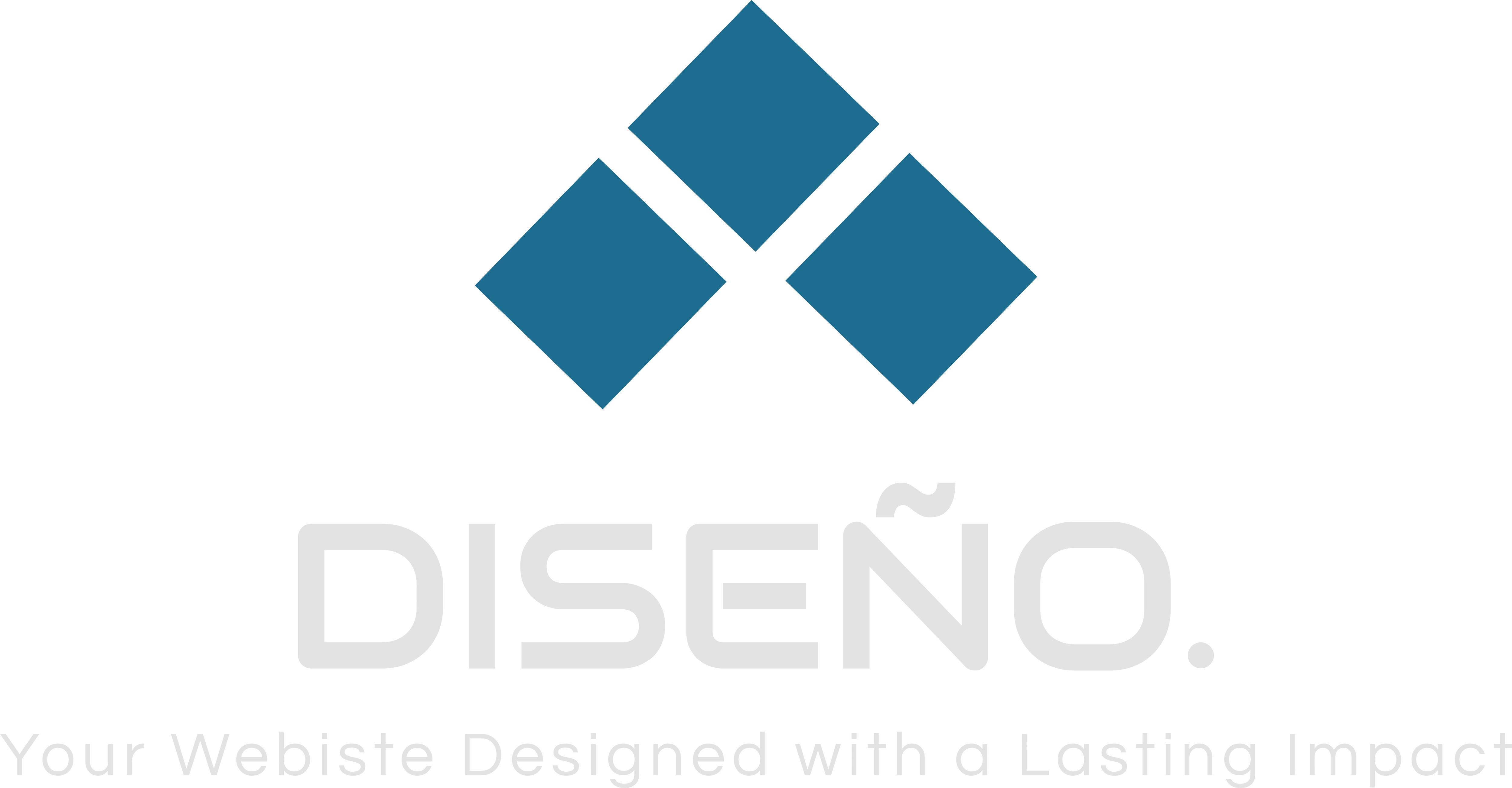Building a Website on a Budget: Where to Spend and Where to Save
- Dylan Ferreiro

- Feb 10
- 2 min read
Affordable Web Design Tips for Small Businesses
A great website doesn’t have to cost a fortune—if you know where to invest and where to cut costs. Discover how to build an affordable, high-performing website that grows with your business.

1. Professional Design & Branding
Your website is often the first impression of your business. A sleek, professional design builds trust and sets you apart from competitors.
Invest in a unique design that reflects your brand identity.
Create a consistent brand image with a custom logo, color palette, and typography.
2. Mobile-Friendly & Responsive Design
With more than half of web traffic coming from mobile devices, it’s essential that your site adapts to every screen size.
Ensure responsive design for a seamless mobile experience.
Prioritize user-friendly layouts that adjust smoothly across devices.
3. Performance & Speed Optimization
A slow-loading website can hurt your conversion rates and SEO rankings.
Use fast, reliable hosting from providers like Bluehost, SiteGround, or WP Engine known for excellent uptime and performance.
Optimize images and code:
Convert images to modern formats like WebP.
Implement lazy loading for images.
Minify CSS and JavaScript to reduce load times.
4. User Experience (UX) & Navigation
A clear, intuitive user experience keeps visitors engaged and guides them toward conversion.
Design a logical menu and page flow.
Include clear call-to-action buttons like “Get a Quote” or “Contact Us” to drive engagement.
💡 Where to Save
1. Over-the-Top Custom Development
Unless you require specialized features, a fully custom-coded website isn’t necessary.
Use website builders like Wix Studio that offer drag-and-drop customization at a fraction of the cost.
2. Expensive Stock Photos
High-quality visuals are important, but you don’t always need to spend a lot on stock images.
Utilize free, high-resolution images from sources like Unsplash or Pexels.
Invest in custom photography only when it will significantly enhance your brand image.
3. Excessive Features at Launch
Focus on launching the essentials first, then scale your site as your business grows.
Avoid complex features like advanced booking systems or intricate integrations unless they’re absolutely critical.
Plan for scalability: Consider adding a blog, booking system, or other integrations later when you need a scalable web design or a future-proof website.
Final Thoughts
Building a website on a budget isn’t about cutting corners—it’s about making smart, strategic choices. By investing in areas that impact user experience and performance while saving on non-essential features, you can create a high-quality website that grows with your business.





Comments